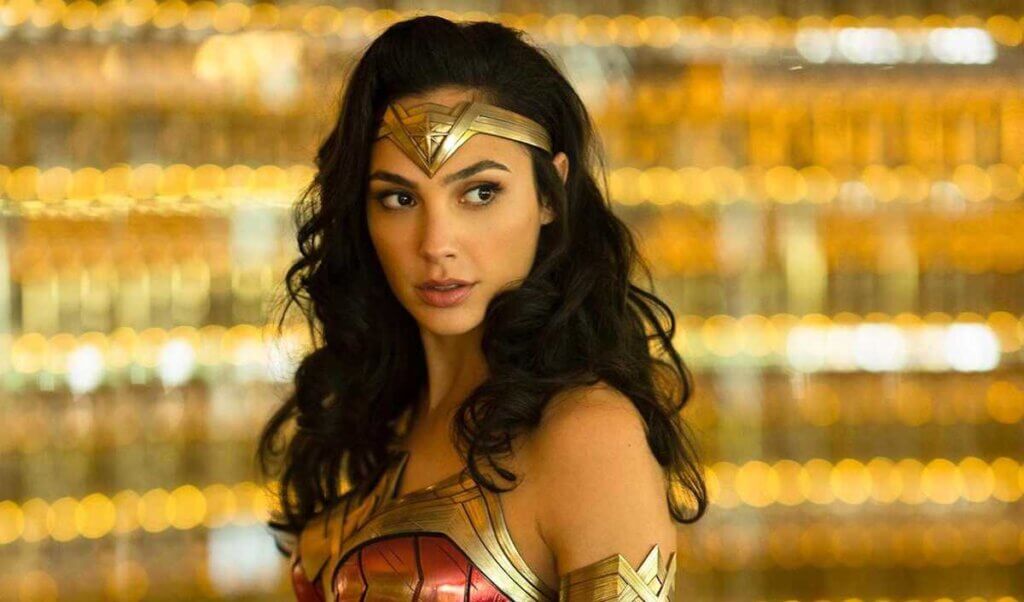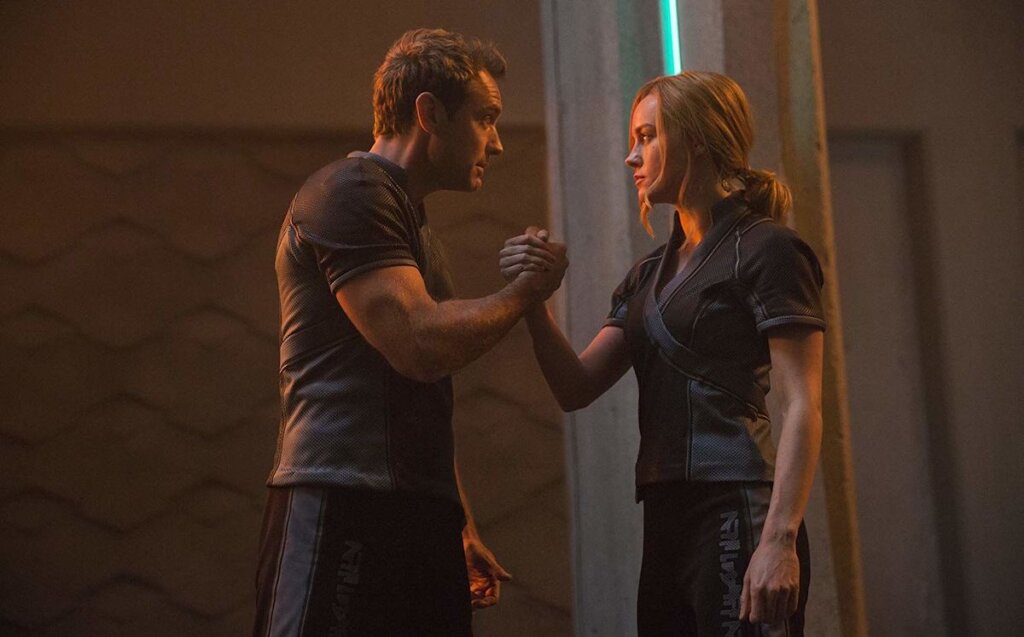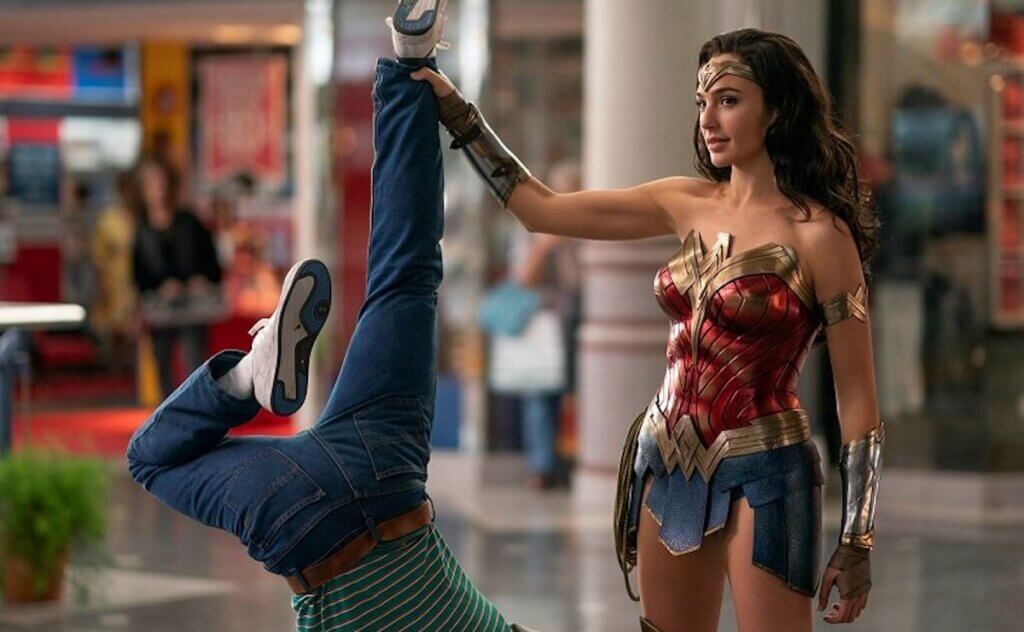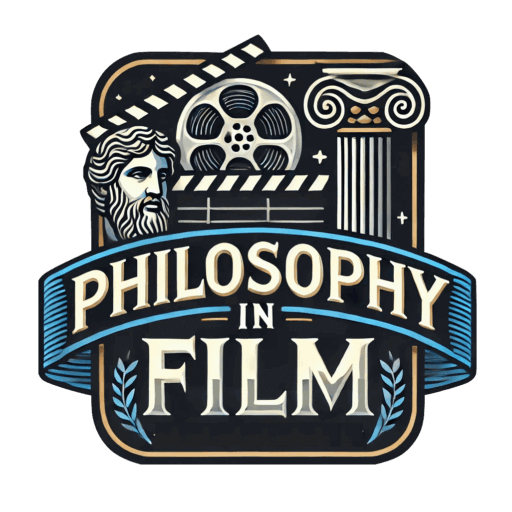Female Representation in Films: An Analysis of Hollywood Superheroes
In her article for the New York Times, Laurie Frankel uses the example of her six-year-old child (born male) wearing dresses to school to discuss the issue of traditional gender roles in society. Frankel expounds on her fears that her (then) son would be ridiculed by their classmates for wearing “female” clothing. As it turned out, Frankel’s child was actually transitioning into a girl, as opposed to being a boy “just playing dress-up.” In any case, Frankel’s honest portrayal of a daughter’s difficult decision to wear non-gender-conforming clothing in the face of adversity highlights the power that conventional gender roles have over everyone — even a young child preparing to attend the 1st grade (Frankel).
Traditional gender roles generally command that girls wear pretty dresses and boys wear functional pants and t-shirts. This way, girls can grow up to be the sexy objects of the male gaze, while boys can grow up to be the decision-makers and drivers of action in life. It’s difficult to determine if life imitates art or the other way around, but suffice it to say that productions like Captain Marvel and Wonder Woman 1984 do little to move society away from these antiquated conceptions of gender and the existing female representation in films.
In the era of #MeToo and increased awareness of gender inequality, many people are questioning the purpose of traditional gender roles. Why do gender roles even exist? Are they a reflection of our basic human nature or a mere invention by powerful societal forces throughout history? It’s difficult to say with absolute certainty, but one thing’s for sure: Hollywood loves them. From romantic comedies to horror films, Hollywood narratives and characterizations almost always reflect traditional gender roles to help meet audience expectations and even reinforce these roles in daily life. This is especially true in the superhero genre. Past superhero films often relied on the white male protagonist saving a “damsel in distress.”
However, more recent Hollywood films have given in to public pressure by ostensibly reversing gender roles, putting female superheroes in the driver’s seat. While some would argue that the increased prevalence of female-centered superheroes in Hollywood is a good way to promote progressive female representation in films, the heroines and narratives still rely heavily on conventional gender roles. In this essay, I will argue that the only possible solution to the issue of female representation in film is to provide more financial and structural support to filmmakers (particularly female) working outside of the Hollywood system.
Captain Marvel and Wonder Woman 1984 Reinforce Traditional Conceptions of Gender

In the past, feminist film critics like Laura Mulvey argued that women in cinema only served as objects of the “male gaze” and rarely — if ever — drove the action of the plot. In her seminal essay, “Visual Pleasure and Narrative Cinema,” Mulvey uses psychoanalysis to argue that, historically, “the unconscious of patriarchal society has structured film form” (Mulvey). Within this viewpoint, women become the objects of the heterosexual male gaze. Films are designed to please heterosexual male fantasies, with women’s bodies functioning as the objects of those fantasies.
For example, when a woman enters a scene in a James Bond film, she does not directly drive the plot forward. Instead, she functions as a fetishized object on which the camera can linger for the pleasure of heterosexual male viewers. Alternatively, it is the men of the film (like James Bond) who have the power to move the plot forward. Additionally, the male characters often double as the intrinsic “point of view” with which the viewer is meant to identify. Thus, even female viewers are meant to adopt the “male gaze” while watching a film. This, in turn, reflects two of the most fundamental elements of traditional gender roles: women as objects of sexual desire and men as decision-makers and drivers of action (Mulvey).
Within the last few years, public demand has helped increase the prevalence of female-centered superhero movies like Captain Marvel (2019) and Wonder Woman 1984 (2020), yet many of the same feminist criticisms of decades past still hold true. In Captain Marvel, the titular heroine (known as Vers) must recover her memories and embrace her power to help the native people of her home planet, Hala. While some critics praised the film for evading the male gaze and providing a new self-empowered female superhero, the film is not without fault when analyzed within the frame of Mulvey’s original argument.

More specifically, throughout the majority of the film, the lead character acts as the subject of the film, but not necessarily the driver of the action. Instead, many of the male characters around her help drive the plot forward while Vers attempts to regain all of her lost memories. Though the original character was created by Stan Lee, the film was co-directed by Anna Boden and Ryan Fleck, with the script written by Boden, Fleck, and Geneva Robertson-Dworet. Kevin Feige worked as the executive producer. The mix of male and female writers, directors, and producers helped lessen the dependence on “the image of the castrated woman to give order and meaning to [the film’s] world” (Mulvey). However, it did not completely eradicate traditional gender roles in the film’s narrative.
To look at another example, Wonder Woman 1984 proved to be far less resistant to the traditional gender roles of Hollywood cinema. In the film trailer alone, one can see a scantily-clad female superhero (played by Gal Gadot) running around, ostensibly saving the world. Her male love interest remarks, “Diana, look at you…it’s like not one day has passed.” This immediately puts the focus on Gal Gadot’s appearance, specifically her beauty and youth. Meanwhile, Wonder Woman’s nemesis comes in the form of a mousy, frizzy-haired woman (played by Kristen Wiig) who wants to get back at the world for not seeing her as beautiful as Gal Gadot. Thus, not only does Wonder Woman 1984 depend on the “male gaze” to attract more heterosexual male viewers (likely the bulk of superhero movie fans), but the narrative reinforces traditional gender roles and heteronormative relationships. Like Captain Marvel, Wonder Woman 1984 features a production team of both men and women, with Patty Jenkins as director and one of three screenwriters, alongside Geoff Johns and David Callaham. The film’s six producers are evenly split between men and women.
Female Representation in Films and the Future of Gendered Cinema

While films like Captain Marvel and Wonder Woman 1984 offer female “heroes” for young boys and girls to look up to, they do nothing to promote non-traditional gender roles or subvert viewer expectations. At its core, a superhero movie offers a fun escape from reality. The average viewer does not want to go to the movie theaters to be confronted with their own biases or the inherent ills of society. Instead, they want to see exciting action, sexy people, and — to one degree or another — values that align with their own worldview. With how pervasive conventional gender roles are in society, it’s hard to say that anyone can completely escape the parameters in which men and women are bound. Thus, viewers go to superhero movies expecting, perhaps even hoping to see traditional gender roles reinforced in the narrative and form of the film.
So, where does this leave film producers, writers, and directors? At the end of the day, Hollywood studios design blockbusters to make huge profits. Pleasing the viewers (and critics) is a vital part of ensuring the success of any big-budget film. Rather than making films that break down barriers or subvert expectations, Hollywood filmmakers just want to make films that break box office records. This is particularly true in the superhero genre, which has brought in more cash in the last 10 years than most other genres combined (Yueh). In the end, whether male or female, the makers of Hollywood blockbusters focus more on appealing to mass audience expectations than changing the way we view gender in film — or the role of film in shaping our society.
Based on these examples, it seems that the only plausible way to subvert traditional gender roles in female-centered superhero movies would be to provide support to writers, directors, and producers working outside of the Hollywood film industry. As exemplified in the films above, both male and female filmmakers have the capacity and obligation to reinforce traditional gender roles when creating big-budget films inside the Hollywood system. So, what’s the solution? Plenty of films that subvert conventional gender roles are produced every day, but they don’t usually appear in theaters across the country. These films are almost always created by independent filmmakers who are not beholden to larger investors demanding substantial results at the box office.
To look at an example from abroad, the French government provides substantial support for independent artists to produce films, without the need to meet quotas or reinforce traditional gender roles. Moreover, France has recently provided further incentives for women filmmakers to break into the industry (Nayeri). This has helped the French film industry — one that was dominated by men for decades — to produce more independent, female-driven films. Thus, the only clear solution in the United States is to provide support and financial backing to indie artists (particularly women) working outside of the Hollywood filmmaking machine. With financial support and decreased financial obligations, artists would have greater freedom to produce films that reject the “male gaze,” subvert gender-related expectations, and promote non-normative relationships.
Conclusion
For well over two decades, Marvel and other large production companies have been creating male-centered superhero stories, with little regard for female representation in films. These films, along with most other mainstream Hollywood films, have promoted traditional gender roles, made ample use of the “male gaze,” and rejected more progressive modes of filmmaking and storytelling. Though many hoped that the latest wave of female empowerment would transform films for the better, the changes that have occurred thus far have only been superficial. Superhero films like Captain Marvel and Wonder Woman 1984 show that female-driven stories don’t necessarily subvert gender norms; they just reframe them. As a result, people, organizations, and even government agencies must put more money and structural support behind independent artists who are willing to completely undo traditional gender roles in new and interesting ways.

